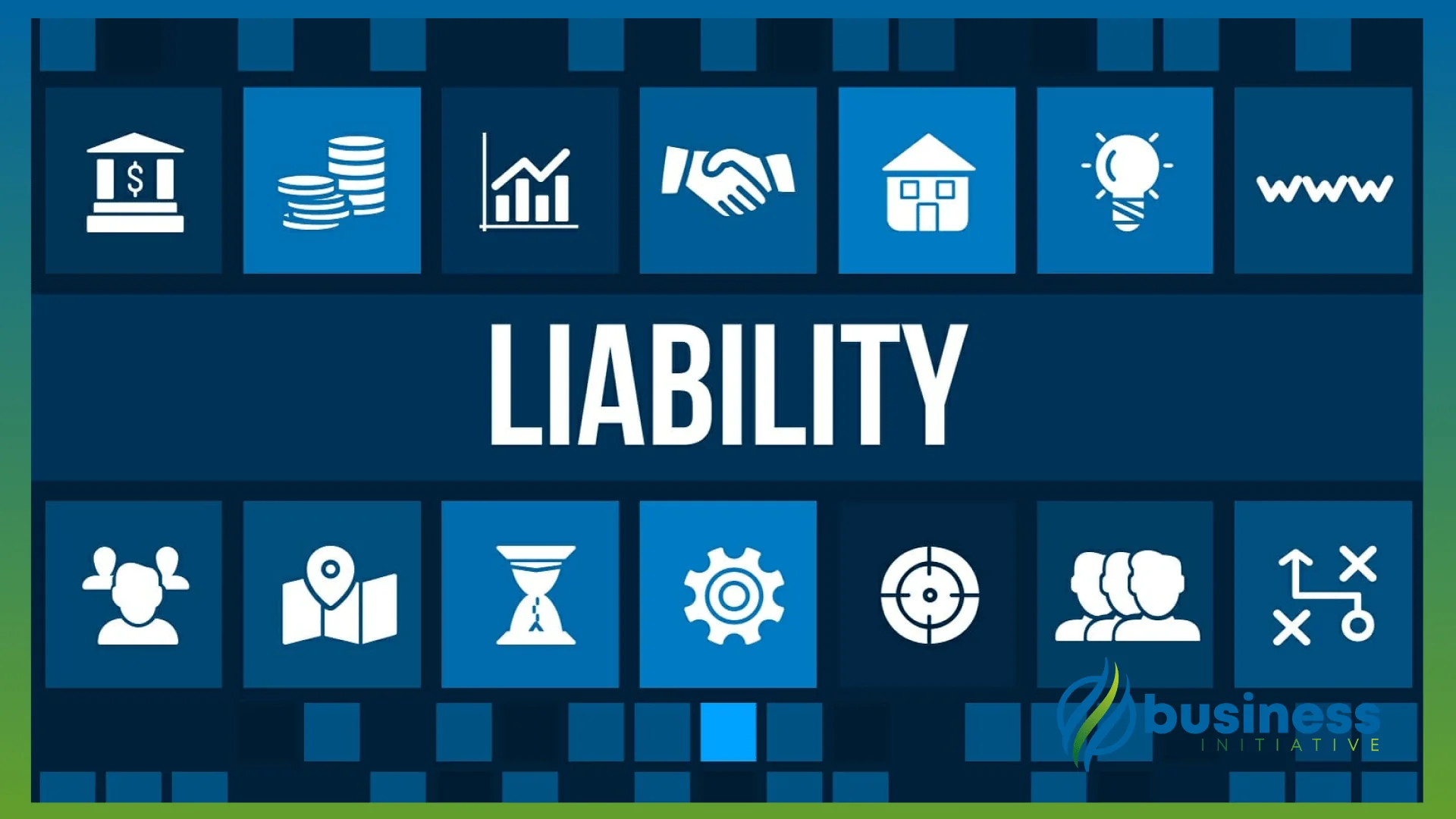You’re choosing a business structure.
But the differences are confusing. Taxes. Liability. Funding. Each structure has tradeoffs. You need to see them side-by-side.
Comparison tables make decisions clear.
Sole proprietorship. LLC. Corporation. S-Corp. Each has different rules. Different benefits. Different costs.
This guide shows you the comparisons.
Tax treatment. Liability protection. Funding options. Compliance requirements. All in simple tables.
Read this. Compare the options. Make your choice.
 Key Takeaways
Key Takeaways
- Sole proprietorships offer simplicity but no liability protection—your personal assets are at risk for business debts and lawsuits
- LLCs provide liability protection with pass-through taxation and flexible management, making them ideal for most small businesses
- Corporations offer the strongest liability protection and are investor-friendly, but face double taxation and more compliance requirements
- S-Corp elections can save self-employment taxes but require payroll processing and reasonable compensation—only beneficial with significant profits
- Funding needs matter—corporations are best for raising capital through stock, while LLCs work well for owner-funded or small investor scenarios
 Table of Contents
Table of Contents

Why Comparison Tables
Comparison tables show differences clearly.
What happens if you only read descriptions:
- Hard to remember differences
- Unclear tradeoffs
- Difficult to compare options
- Decision paralysis
What happens if you see comparison tables:
- Clear differences at a glance
- Easy to compare options
- Obvious tradeoffs
- Confident decisions
The solution: See side-by-side comparisons. Understand tradeoffs. Make informed choices.
Tax Comparison
Tax treatment varies by structure.
| Structure | Tax Treatment | Self-Employment Tax | Double Taxation | Tax Flexibility |
|---|---|---|---|---|
| Sole Proprietorship | Pass-through to personal return | Yes, on all profits | No | Low |
| LLC (Default) | Pass-through to owners | Yes, on all profits | No | High |
| LLC (S-Corp Election) | Pass-through with salary/distribution split | Yes, on salary only | No | Medium |
| C-Corporation | Corporate tax + personal tax on dividends | No | Yes | Low |
| S-Corporation | Pass-through to shareholders | Yes, on salary only | No | Medium |
Key Points:
- Pass-through taxation: Profits pass through to owners’ personal tax returns. No corporate tax.
- Double taxation: Corporate pays tax on profits, then owners pay tax on dividends.
- Self-employment tax: Applies to active business income. S-Corp elections can reduce it.
- Tax flexibility: Ability to choose tax treatment or optimize structure.
Pro tip: Most small businesses benefit from pass-through taxation. Corporations face double taxation unless they reinvest profits. See our S-Corp guide for when elections make sense.

Liability Comparison
Liability protection varies significantly.
| Structure | Personal Asset Protection | Business Asset Protection | Piercing the Veil Risk | Protection Level |
|---|---|---|---|---|
| Sole Proprietorship | None | None | N/A | None |
| LLC | Yes, if properly maintained | Yes | Medium | High |
| C-Corporation | Yes, if properly maintained | Yes | Low | Very High |
| S-Corporation | Yes, if properly maintained | Yes | Low | Very High |
Key Points:
- Personal asset protection: Your personal assets (home, car, savings) are protected from business debts and lawsuits.
- Business asset protection: Business assets are separate from personal assets.
- Piercing the veil risk: Risk that courts ignore entity separation and hold owners personally liable.
- Protection level: Overall strength of liability protection.
Pro tip: Proper entity maintenance is critical for liability protection. Mixing personal and business finances can pierce the corporate veil. See our compliance guide for maintenance requirements.

Funding Comparison
Funding options differ by structure.
| Structure | Owner Funding | Debt Financing | Equity Financing | Investor Appeal | Stock Options |
|---|---|---|---|---|---|
| Sole Proprietorship | Easy | Personal guarantee required | Not available | None | No |
| LLC | Easy | Possible | Limited | Low | No |
| C-Corporation | Easy | Possible | Easy | High | Yes |
| S-Corporation | Easy | Possible | Limited (100 shareholders max) | Medium | Limited |
Key Points:
- Owner funding: Using your own money to fund the business.
- Debt financing: Borrowing money (loans, credit lines).
- Equity financing: Selling ownership shares to investors.
- Investor appeal: How attractive the structure is to investors.
- Stock options: Ability to offer stock options to employees.
Pro tip: Corporations are most investor-friendly. They can issue stock, offer stock options, and are familiar to VCs. LLCs work for owner-funded businesses or small investor groups. See our founder profiles for real examples.

Compliance Comparison
Compliance requirements vary by structure.
| Structure | Formation Complexity | Ongoing Compliance | Annual Filings | Record Keeping | Formality Level |
|---|---|---|---|---|---|
| Sole Proprietorship | None | Minimal | None | Minimal | Low |
| LLC | Moderate | Moderate | Annual report (varies by state) | Moderate | Medium |
| C-Corporation | High | High | Annual report + corporate tax return | Extensive | High |
| S-Corporation | High | High | Annual report + S-Corp tax return + payroll | Extensive | High |
Key Points:
- Formation complexity: How difficult it is to form the entity.
- Ongoing compliance: Regular requirements to maintain the entity.
- Annual filings: Required annual reports and tax returns.
- Record keeping: Documentation and record-keeping requirements.
- Formality level: How formal the structure and operations must be.
Pro tip: Corporations require the most compliance. LLCs offer a good balance. Sole proprietorships have minimal compliance but no protection. See our compliance guide for detailed requirements.

Cost Comparison
Costs vary by structure and state.
| Structure | Formation Costs | Annual Maintenance Costs | Tax Preparation Costs | Total First Year | Ongoing Annual |
|---|---|---|---|---|---|
| Sole Proprietorship | None | None | Low (personal return) | Low | Low |
| LLC | Moderate (varies by state) | Low-Moderate (annual report) | Moderate | Moderate | Low-Moderate |
| C-Corporation | High (varies by state) | Moderate-High (annual report + tax return) | High | High | Moderate-High |
| S-Corporation | High (varies by state) | High (annual report + tax return + payroll) | High | High | High |
Key Points:
- Formation costs: Initial costs to form the entity (filing fees, legal fees).
- Annual maintenance costs: Ongoing costs to maintain the entity (annual reports, registered agent).
- Tax preparation costs: Costs for professional tax preparation.
- Total first year: Combined first-year costs.
- Ongoing annual: Typical annual costs after first year.
Pro tip: Costs vary significantly by state. Some states have high formation fees and annual report fees. Others are more affordable. See our cost breakdown for detailed information.
Quick Decision Guide
Use this guide to narrow your options:
Choose Sole Proprietorship If:
- You’re testing a business idea
- You have minimal liability risk
- You want zero compliance burden
- You’re operating alone
- You don’t need business credit
Tradeoff: No liability protection. Personal assets at risk.
Choose LLC If:
- You want liability protection
- You want pass-through taxation
- You want flexible management
- You’re funding with your own money
- You want moderate compliance
Tradeoff: Less investor-friendly than corporations. Limited equity financing options.
Choose C-Corporation If:
- You’re seeking investment
- You want to offer stock options
- You plan to go public
- You want strongest liability protection
- You can handle high compliance
Tradeoff: Double taxation. High compliance burden. More expensive.
Choose S-Corporation If:
- You have an LLC or Corporation
- You have significant profits above reasonable salary
- You want to save self-employment taxes
- You can handle payroll processing
- You have 100 or fewer shareholders
Tradeoff: Added compliance. Payroll requirements. Reasonable compensation rules.
Pro tip: Most small businesses start with LLCs. They offer good protection with manageable compliance. You can always convert to a corporation later if needed. See our decision tree for detailed guidance.

Your Next Steps
Review the comparisons. Assess your needs. Make your choice.
This Week:
- Review these comparison tables
- Identify which structure matches your needs
- Consider your specific situation
- Assess costs and compliance capacity
This Month:
- Use decision guide to narrow options
- Consult with professionals if needed
- Make your structure choice
- Form your business entity
Going Forward:
- Monitor your business situation
- Reassess structure as business grows
- Adjust structure if goals change
- Stay compliant with requirements
Need help? Check out our entity type decision tree for detailed guidance, our founder profiles for real examples, and our compliance guide for ongoing requirements.
Stay informed about business strategies and tools by following us on X (Twitter) and signing up for The Initiative Newsletter.
Sources & Additional Information
These comparisons are general guidelines. Specific requirements and costs vary by state and individual situation.
For detailed entity selection guidance, see our Entity Type Decision Tree.
For S-Corp election guidance, see our S-Corp Guide.
For compliance requirements, see our Compliance Guide.
For cost information, see our Cost Breakdown.


